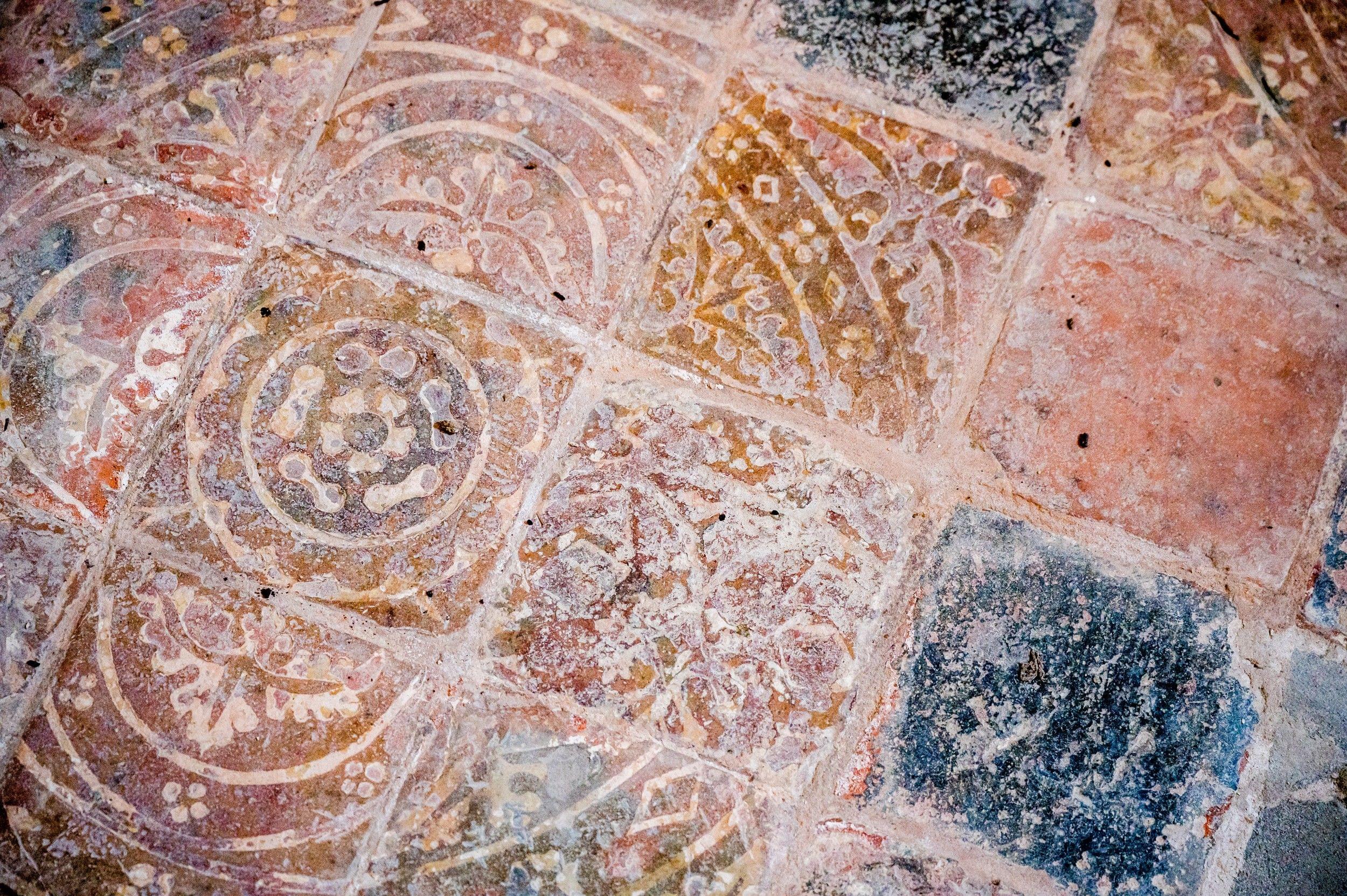St Edmund
Millwall, Greater London
The original St Edmund’s church and school were built to serve the 1,000 or so Roman Catholics living on the Isle of Dogs in about 1870.

Holy Trinity is set in an ever changing part of the London Docklands, with new developments on the go or still on the drawing board.
Rotherhithe, Greater London
The original Holy Trinity was built between 1837 and 1838 to a design by Sampson Kempthorne and was in typical Victorian neo Gothic style. The site had been given by the Commercial Dock Company. A parsonage was also built to the North of the church. There is very little evidence of either structure remaining.
Before the opening of Redriff Road the church was quite isolated at the far end of Rotherhithe Street. In 1900 the then vicar was interviewed for Charles Booth’s survey into life and labour in London and seemed proud to claim that his was the most difficult church to find in all of London.
During the second world war London was blitzed and many of the dockyards took heavy assaults. The Rotherhithe peninsula was no exception. On the afternoon of the 7th September 1940 many tons of incendiary bombs were dropped on the city, the majority of them fell on the Surrey Docks. The resulting conflagration was such that the fire services were unable to deal with the situation which was left to burn itself out. Families were evacuated by any means possible, often by boats from the river, or even by carrying them in a dustcart with curved sliding doors which were closed to protect them from the fires and falling debris.
Holy Trinity was destroyed in this raid. This made it the first church to be destroyed in the London Blitz. Nothing now remains of the original church except for a few grave stones and a memorial from the First World war now used for Remembrance Day services. More recently a small crucifix picked up in the ruins of the original church has been returned and restored.
The modern building, designed by Thomas Ford in 1957, is a fine example of 1950s architecture, with a distinctive curved ceiling and a copper clad roof. The interior is light and welcoming with a wonderful acoustic. A mural painted by Hans Feibusch covers the whole of the wall behind the altar.
Millwall, Greater London
The original St Edmund’s church and school were built to serve the 1,000 or so Roman Catholics living on the Isle of Dogs in about 1870.
Millwall, Greater London
St Luke’s now has a brand new home: a place of welcome, hospitality and hope for the people of the Isle of Dogs.
Canary Wharf, Greater London
London's floating church.